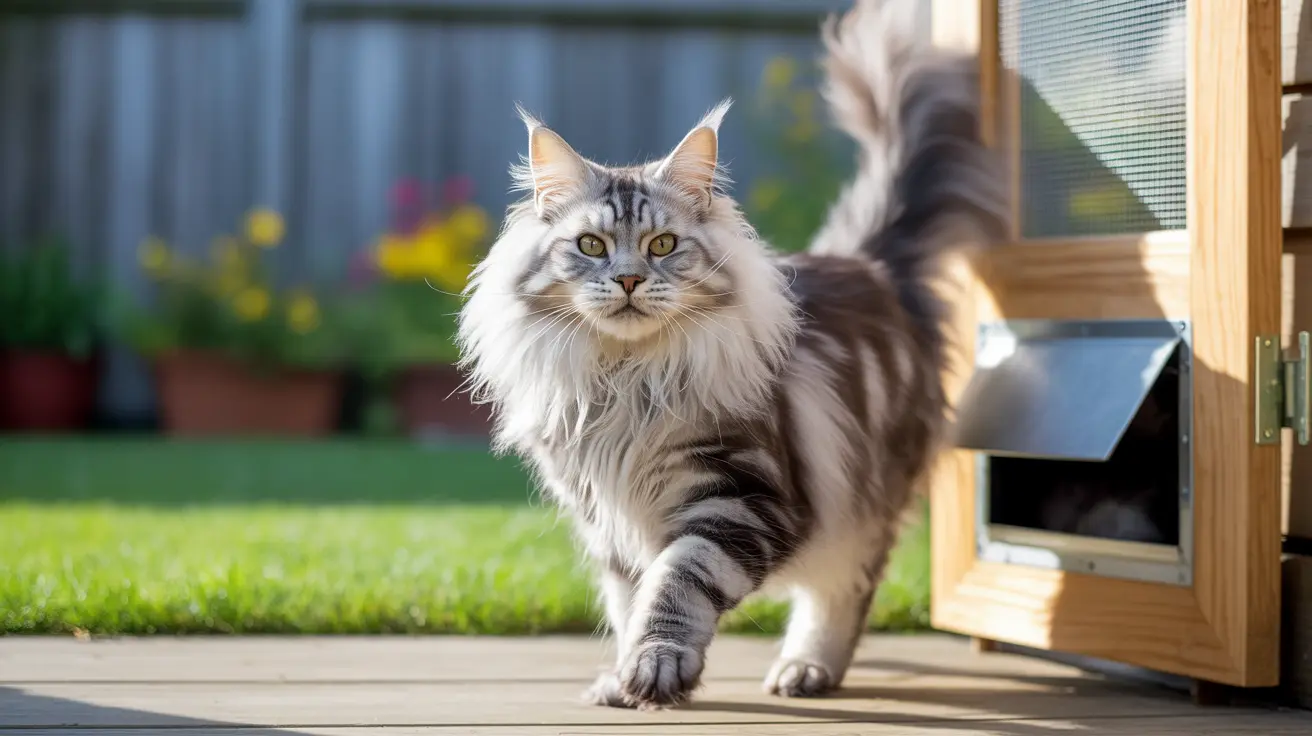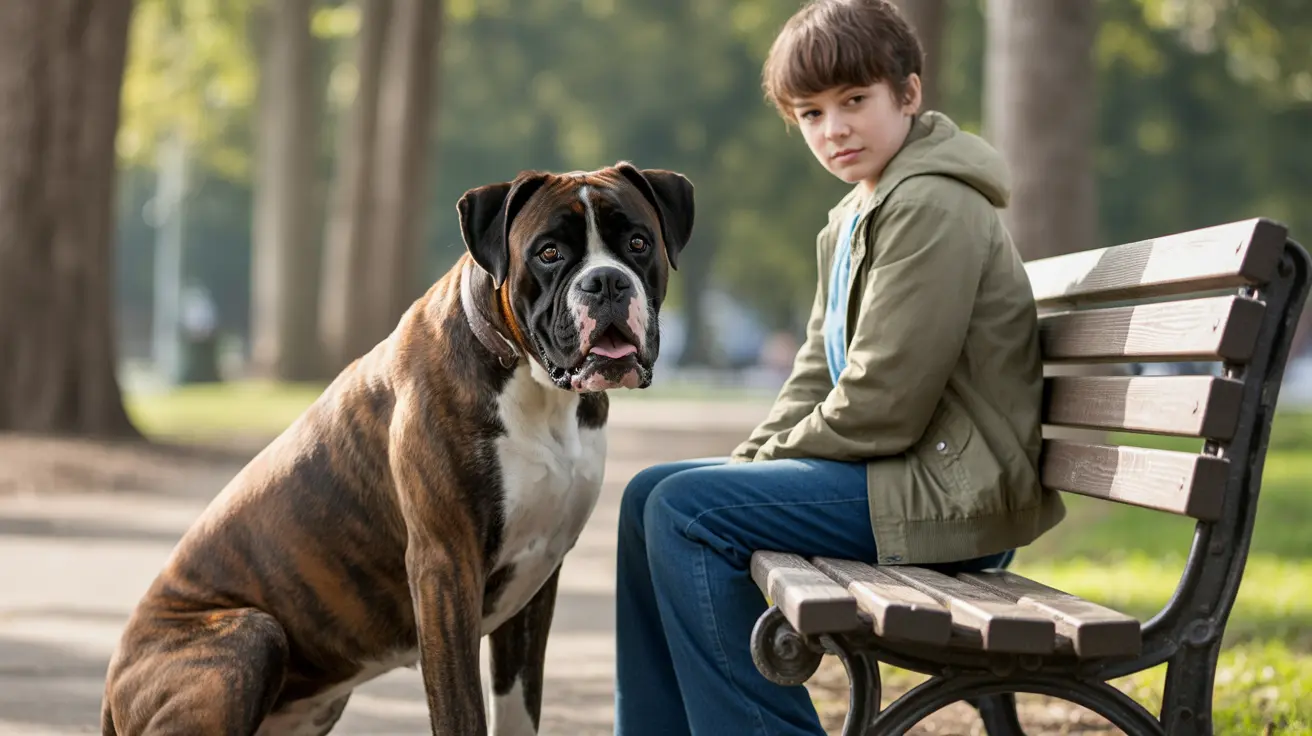What Two Dog Breeds Make Up a French Bulldog?
The French Bulldog is a globally beloved breed known for its distinctive bat ears, compact size, and affectionate demeanor. But behind its signature appearance lies a rich history shaped by crossbreeding that blends traits from different dog lines. Understanding the roots of the French Bulldog not only enhances appreciation of the breed, but also helps potential owners know what to expect in terms of temperament, health, and care.
Origin and Historical Development
The French Bulldog's ancestry can be traced back to 19th-century England. During this period, the English Bulldog was a well-established breed, originally developed for bull-baiting. As the practice was phased out and replaced by a preference for companion dogs, smaller versions of Bulldogs were bred. These toy Bulldogs became popular among English lace workers, particularly in Nottingham. During the Industrial Revolution, many lace makers emigrated to France, taking their miniature Bulldogs with them.
Once in France, these English toy Bulldogs were further crossbred with local French breeds, possibly including small terriers used in rural areas. Through selective breeding, the French developed what we now recognize as the French Bulldog—a dog with a more compact frame, distinct upright ears (often referred to as “bat ears”), and a short, smooth coat.
Key Breeds Involved in French Bulldog Development
- English Bulldog: Provided the foundation for the French Bulldog in terms of body structure, broad head, and the flattened nose. However, French Bulldogs were bred to be significantly smaller and more adapted to indoor living.
- Local French Terriers: These were likely responsible for many of the refined traits seen in modern French Bulldogs, such as their high-set ears and playful demeanor. No specific breed is often named, but small native dogs contributed to their unique build and character.
Physical Traits from Each Ancestral Breed
From the English Bulldog, French Bulldogs inherited:
- Flat, brachycephalic face
- Strong, muscular build
- Affectionate temperament
From the local French terriers and other companion breeds, they gained:
- Compact body size
- Bat-like, erect ears
- Playful and lively personality
Modern Characteristics and Appeal
Today, French Bulldogs are among the most popular companion dogs worldwide. Key features include:
- Size: 11–13 inches tall; weighs up to 28 pounds
- Coat: Short, smooth, and available in a wide range of colors like fawn, brindle, white, cream, or combinations
- Temperament: Gentle, affectionate, often mischievous, and good with families
Why Understanding Breed Origins Matters
Knowing the breeds that make up the French Bulldog is not just interesting—it's also practical. Their brachycephalic nature inherited from the English Bulldog makes them prone to respiratory issues. The influence of smaller, energetic companion breeds also explains their playful attitude and occasional stubbornness.
Potential Frenchie owners should note:
- They are not great at swimming due to their short legs and heavy front body
- They require indoor living and companionship
- They are sensitive to extreme heat and have specific grooming needs, especially in their facial folds
Final Thoughts
The French Bulldog's unique look and personality are the result of intentional crossbreeding between the English Bulldog and various local French companion breeds. This rich ancestry explains their popularity as a loving, charismatic, and compact pet well-suited for urban living. Understanding their origins helps provide better care and build a stronger bond between these loyal dogs and their owners.





